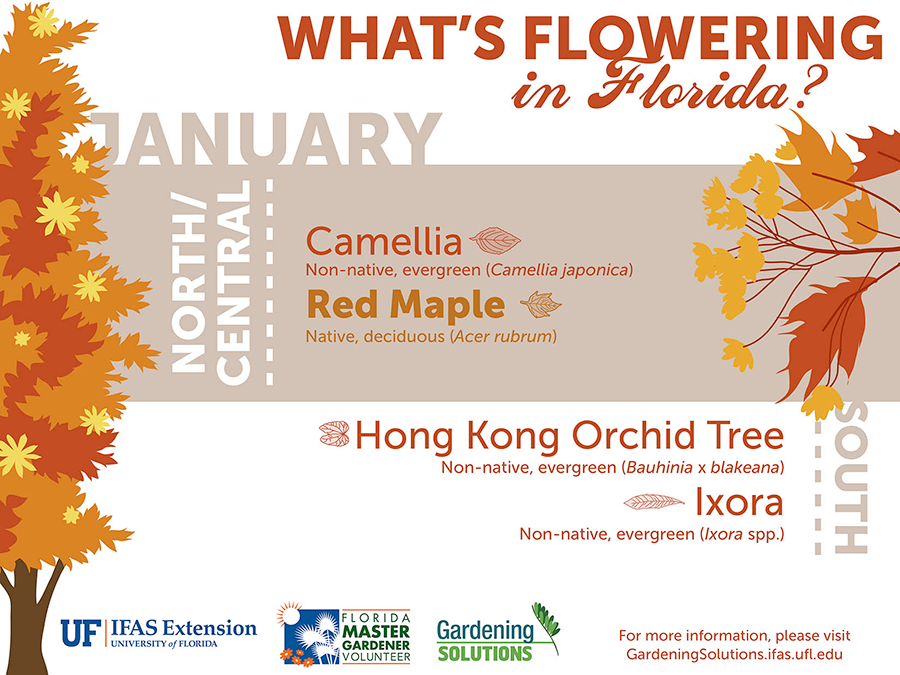Indicators That It Is Essential To Get Rid Of A Tree - A Handbook For Homeowners
Indicators That It Is Essential To Get Rid Of A Tree - A Handbook For Homeowners
Blog Article
Authored By-Mcmahon Long
Trees add elegance and worth to residential or commercial property, yet they can also position a risk throughout extreme weather condition occasions. If a tree has stopped growing, is displaying visible fungal growth, or has a leaning trunk, it needs to be eliminated by an expert to stay clear of residential or commercial property damages and injury.
For more information, go to a home owner resource fair co-hosted by HPD, the Center for New York City Neighborhoods, and Brooklyn-based housing partners this night in Bedford-Stuyvesant. The occasion will include the Homeowner Manual, a new overview to help homeowners navigate the obligations of possessing a home.
1. Dead or Dying Branches
Trees are an indispensable part of your home's landscape, supplying color and elegance. They likewise offer shelter for wild animals and produce oxygen, yet also healthy trees can experience health problems that may require their elimination. Dead or passing away trees aren't simply unattractive, they can be harmful. Their branches might drop throughout a tornado, causing pricey home damages and injuries.
When a tree's branches begin to die, it means that its structure is beginning to break down. If most of its branches are dead, it is most likely time to remove it.
Search for a lack of brand-new development, bark peeling, open injuries or tooth cavities, fungi growing on the trunk or origins and a basic appearance of decay in the whole cover. These signs of infection can suggest a serious issue that will call for specialist tree solutions to deal with.
2. Leaning Trunk
While it's typical for trees to lean periodically as a result of phototropism, if a tree has a harmful or serious lean that's not as a result of natural processes - maybe an indicator that the tree requires to be eliminated. If the tree is leaning toward a power line, home, vehicle, play structure or any other area that could be harmful to individuals if it drops, then contacting an expert tree service for elimination ought to be a leading priority.
It's also important to expect any type of sudden changes in a tree's leaning as it can show damages to the roots or trunk that may lead to falling. This is specifically real during thundercloud, considering that high winds and rain-soaked dirt can trigger a lean to transform promptly. Routine tracking, particularly throughout and after tornados can aid homeowners identify prospective troubles with their trees so they can call an arborist for an extensive analysis.
3. Parasite Infestation
Some pest infestations, such as wood-boring bugs like emerald ash borer or sap-suckers like range bugs, are so severe that they can cause a tree to die. tree service near me free estimate to avoid pest infestation is to monitor your trees often. Look for places, holes, or stainings in the fallen leaves and bark. Analyze the trunk for cracks and indicators of insect damages, such as passages or tracks.
If https://patch.com/new-jersey/hoboken/pse-g-preps-big-tree-trimming-effort-hoboken comes to be as well plagued with pests, or is close to a home or power lines, an arborist might advise elimination. If a leaning tree establishes a new, unstable lean, an arborist will likely suggest elimination as well to make certain the safety of people and residential or commercial property. If a weakened or dead tree continuously drops too much branches, it is a sign that it is time to eliminate the tree. If a tree remains to shed branches for an extensive period of time, it could result in architectural troubles and prospective building damages.
4. Harmed Trunk
Trees are a gorgeous and important part of our landscape, however they do require routine care to maintain them healthy and secure. If a tree is harmed irreparable it is likely time for it to come down.
Search for indications of damages to the trunk, including vertical fractures, joints, dead branch stubs, noticeable injuries or open tooth cavities and severe tree-rot. The existence of fungis at the base of the trunk is another alerting sign. Fungis may indicate that the phloem and xylem (life-support tissues) are compromised, permitting the spread of illness or a future failing.
Additionally, take into consideration whether the tree has quit growing. Healthy and balanced trees will have new growth every year, which may be visible as buds or branches growing and prolonging. If you do not see any brand-new growth, it's an excellent concept to have an arborist assess the tree and follow their recommendation for removal. A passing away or harmed tree can drop and trigger property damage.